DIFLORASONE - TOPICAL
PHONETIC PRONUNCIATION: (dye-FLOR-a-sone)
COMMON BRAND NAME(S): Florone
GENERIC NAME(S): diflorasone diacetate
Uses
USES: Diflorasone is used to treat a variety of skin conditions (e.g., eczema, dermatitis, allergies, rash). Diflorasone reduces the swelling, itching and redness that can occur in these types of conditions. This medication is a strong (high-potency) corticosteroid.
How to use DIFLORASONE - TOPICAL
HOW TO USE: Use this medication only on the skin. However, do not use it on the face, groin or underarms unless directed to do so by your doctor. Wash and dry your hands before applying. Clean and dry the affected area. Apply a thin film of the medication to the affected area and gently rub in, usually 1-3 times daily or as directed by your doctor. Do not bandage, wrap or cover the area unless directed to do so by your doctor. If used in the diaper area on an infant, do not use tight-fitting diapers or plastic pants. After applying the medication, wash your hands, unless you are using this medication to treat the hands. When applying this medication near the eyes, avoid getting it in the eyes because this may worsen or cause glaucoma. Also, avoid getting the medication in your nose or mouth. If you get the medication in your eyes, nose, or mouth, rinse with plenty of water. Use this medication only for the condition prescribed. Inform your doctor if your condition persists or worsens.
Side Effects
Precautions
Interactions
Overdose
Images
Reviews
Faq for DIFLORASONE - TOPICAL
Diflorasone is a topical corticosteroid medication used to treat various skin conditions. It works by reducing inflammation, itching, and redness associated with these conditions.
Diflorasone is commonly used to treat eczema (atopic dermatitis), psoriasis, allergic reactions, and other inflammatory skin conditions.
Diflorasone should be applied thinly and evenly to the affected areas of the skin. Gently rub it in until it disappears. Avoid using it on the face, groin, or underarms unless directed by your healthcare provider.
Diflorasone should be used with caution in children. It should only be used under the guidance of a healthcare professional, as children may absorb more corticosteroids through their skin, increasing the risk of side effects.
Common side effects of Diflorasone include skin thinning, burning, itching, redness, or rash at the application site. Long-term use or excessive use may lead to more severe side effects such as adrenal suppression. Consult your doctor if you experience any concerning side effects.
The duration of treatment with Diflorasone varies depending on the condition being treated and the individual's response. Follow your healthcare provider's instructions and do not use the medication longer than prescribed.
Before using Diflorasone with other medications, inform your healthcare provider about all the drugs you are taking. This includes prescription, over-the-counter, and herbal products. Some medications may interact with Diflorasone and alter its effectiveness or increase the risk of side effects.
It is important to consult with your healthcare provider before using Diflorasone during pregnancy or while breastfeeding. They will weigh the potential benefits against the potential risks and provide guidance based on your specific situation.
If you forget to apply a dose of Diflorasone, apply it as soon as you remember. However, if it is close to the time for the next dose, skip the missed dose and continue with your regular dosing schedule. Do not apply a double dose to make up for a missed one.
Disclaimer
IMPORTANT: HOW TO USE THIS INFORMATION: This is a summary and does NOT have all possible information about this product. This information does not assure that this product is safe, effective, or appropriate for you. This information is not individual medical advice and does not substitute for the advice of your health care professional. Always ask your health care professional for complete information about this product and your specific health needs.
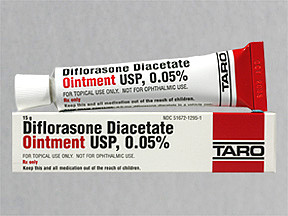
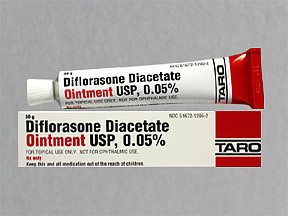
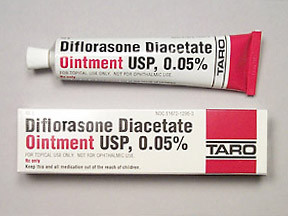
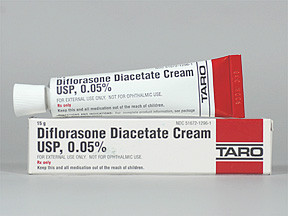
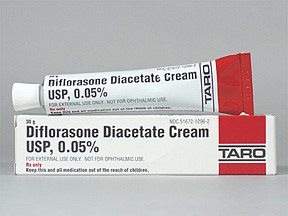
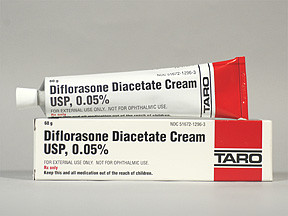
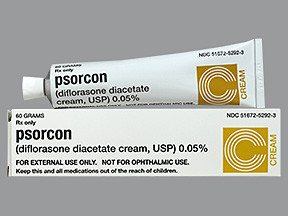
No Reviews Yet